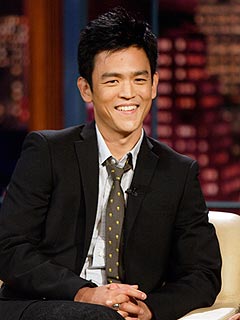NEW YORK (Reuters) - Stocks closed modestly higher on Tuesday, putting the Dow within striking distance of an all-time high, as investors looked ahead to President Barack Obama's State of the Union address.
Investors will be listening to Obama's speech for any clues on a deal with Republicans to avert automatic spending cuts due to take effect March 1. The tone of the speech will also be scrutinized, with any sign of compromise likely to be warmly received.
The S&P 500 has risen for the past six weeks, putting it up 6.5 percent so far this year, while the Dow is about 1 percent away from its all-time closing record of 14,164.53, reached in October 2007.
But gains have been harder to come by since the S&P hit a five-year high on February 1. Daily moves have been small and trading volume light as investors search for new reasons to drive stocks higher.
About 5.73 billion shares changed hands on the New York Stock Exchange, the Nasdaq and NYSE MKT on Tuesday, below the daily average so far this year of about 6.48 billion shares.
"We're likely to settle in for a period and digest the gains we've had, though there's still a bias towards positive momentum," said Eric Teal, chief investment officer at First Citizens Bancshares in Raleigh, North Carolina.
"Questions over government spending are the big overhang, and we're looking for Obama to inspire some confidence over that tonight."
The White House has signaled Obama will urge investment in infrastructure and clean energy, suggesting companies in those sectors may be volatile in Wednesday's session.
"Gun makers could also see a reaction if Obama talks about anything with respect to gun control," said Teal, who helps oversee $5 billion. Shares of Smith & Wesson
The Dow Jones industrial average <.dji> was up 47.46 points, or 0.34 percent, at 14,018.70. The Standard & Poor's 500 Index <.spx> was up 2.42 points, or 0.16 percent, at 1,519.43. The Nasdaq Composite Index <.ixic> was down 5.51 points, or 0.17 percent, at 3,186.49.
Housing shares were among the strongest of the day, led by a 12.5 percent jump in Masco Corp
Avon Products Inc surged 20 percent to $20.79 as the S&P 500's top percentage gainer after the cosmetics company reversed sales declines and cut costs.
On the downside, Coca-Cola Co
Michael Kors Holdings
With earnings season starting to wind down, Thomson Reuters data through Tuesday morning shows of the 353 companies in the S&P 500 that have reported results, 70.3 percent have exceeded analysts' expectations, above a 62 percent average since 1994 and 65 percent over the past four quarters.
Fourth-quarter earnings for S&P 500 companies are estimated to have risen 5.3 percent, according to the data, above a 1.9 percent forecast at the start of the earnings season.
About 62 percent of stocks traded on the New York Stock Exchange closed higher while 59 percent of Nasdaq-listed shares closed in positive territory.
(Editing by Nick Zieminski)










